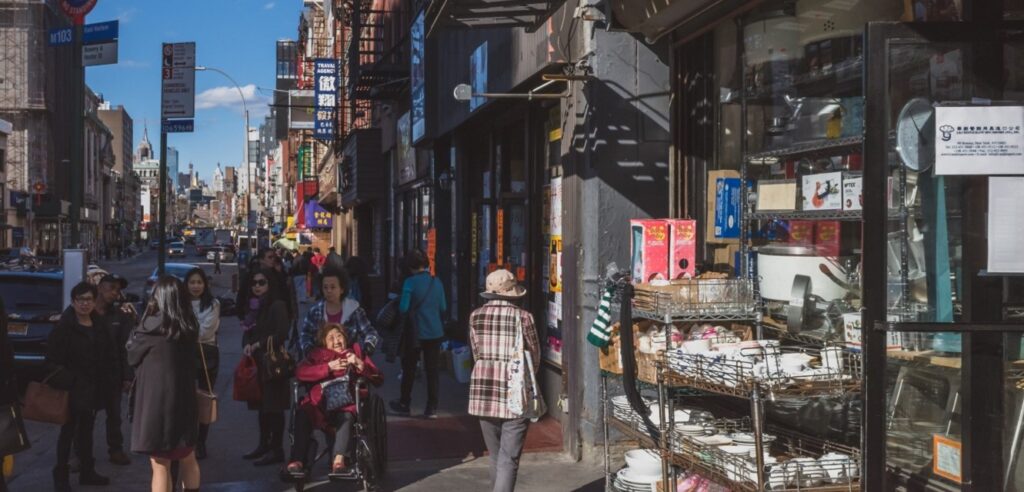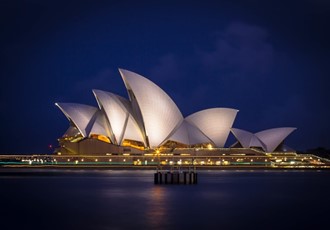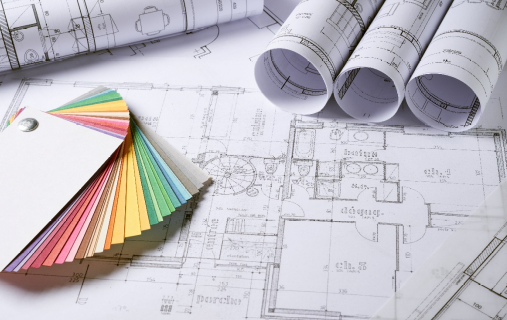Integrating Residential, Commercial, and Recreational Spaces in Development
Mixed-use developments continue to redefine the way communities are built and experienced.
In recent years, this type of development has been growing in popularity around the world, mainly because it accommodates population growth and the ever-evolving environmental needs.
Apart from promoting urban growth, mixed-use developments provide numerous benefits to residents, businesses, and investors. However, they also present design and logistical challenges that require innovative solutions
Below, David DeQuattro discusses the benefits and challenges that come with mixed-use developments, gaining insight into how these multifaceted environments contribute to the improvement of urban living while catering to the ever-evolving needs of modern societies.
Mixed-Use Developments in Real Estate
A mixed-use development is a complementary mixed-use spaces in close proximity – such as residential, retail, commercial, employment, civic, and entertainment uses – sometimes in the same complex or building.
In simpler terms, these developments are pedestrian-friendly, combining two or more residential, commercial, cultural, institutional, or industrial uses. The concept is a main principle of Smart Growth, which comprises strategies that aim to create community designs and developments that serve the community, economy, environment, and public health.
The Benefits
Local Economic Growth and Improvement
Mixed-use developments encourage growth within local communities in various ways. First, it increases foot traffic and promotes walkability, which plays a significant role in a city’s economic viability. Second, it attracts housing and business investment within an area.
Additionally, it supports local enterprises – businesses can benefit from the synergy of nearby amenities like shops, fitness centers, and restaurants which can potentially bring them more customers.
Environmental Sustainability
Mixed-use developments help reduce a neighborhood’s carbon footprint by encouraging the use of sidewalks, bikes, and public transportation.
By limiting the use of cars and lowering street congestion, these developments help promote energy conservation and minimize air pollution. These multifaceted environments also support the preservation of natural and historic resources through the promotion of efficient land use.

Physical and Mental Health Wellness
Since mixed-use developments offer a pedestrian-friendly environment, they encourage active and healthy lifestyles within a community.
A community that lacks walkable infrastructure increases the risk of health problems for its residents. Adults who reside in less walkable neighborhoods are more at risk of high blood pressure, cardiovascular disease, and diabetes, according to the American Heart Association.
The Challenges
Despite their many advantages, mixed-used developments also pose some challenges.
One is balancing the various needs and preferences of people within the community such as residents, workers, shoppers, and visitors. Some prefer privacy, security, and quiet while others thrive in a lively, more open environment.
Another challenge is managing the impacts of these developments on infrastructure systems like parking, public transport, and roads. For example, some mixed-use developments may cause more traffic or require more maintenance than previous land uses.
Lastly, mixed-use development projects may not be ideal for some investors because they take a long time to design, plan, and get approved. These types of projects need to go through plenty of council requirements, including Section 94 contributions.
When one looks at it closely, the benefits of mixed-use developments outweigh the challenges. The unique ability of these environments to blend various functions in a single complex helps balance a community’s functionality, sustainability, and vibrancy.


